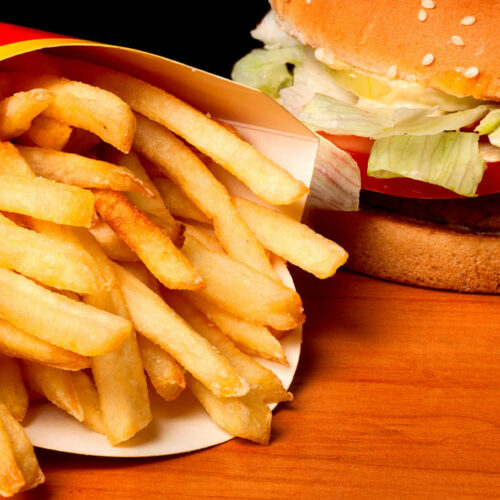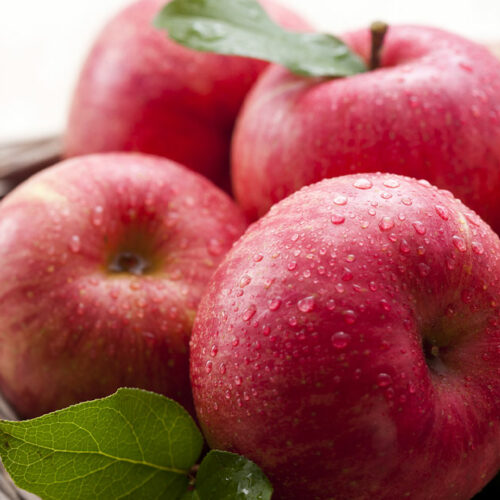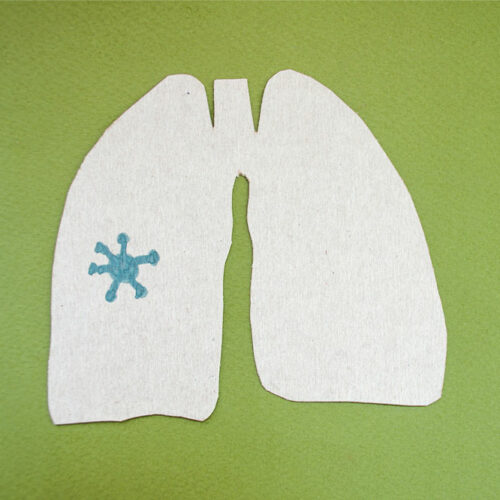6 worst foods for people with breathing problems

Leading a regular life becomes quite challenging when one faces breathing troubles sporadically. Breath-related issues, such as shortness of breath, coughing, wheezing, and pain or pressure in the chest are usually symptoms of lung diseases like MAC disease and COPD. Certain foods we regularly eat can negatively affect our lungs and exacerbate breathing problems. So, this article lists some common foods one must avoid to ease breathing issues and control MAC disease and COPD symptoms. 1. Fried foods Fried foods, such as French fries, fried chicken, and potato chips, are among the unhealthiest foods anyone can eat. These foods can cause gas and bloating, making breathing more difficult in those suffering from breath-related conditions. Fried foods, being calorie-dense, can also lead to weight gain, which increases pressure on the lungs. 2. Salty foods Too much salt spells more trouble when you’re suffering from breathing problems. That’s because salt, or sodium, can cause fluid retention in the body, triggering high blood pressure and shortness of breath. Steer clear of various high-salt foods like canned soup, pasta sauce, and tortilla chips, and replace salt with spices and herbs in dinner recipes. 3. Processed meats Ham, hot dogs, sausages, and other processed meats are usually loaded with nitrates to improve color and prolong shelf life.






